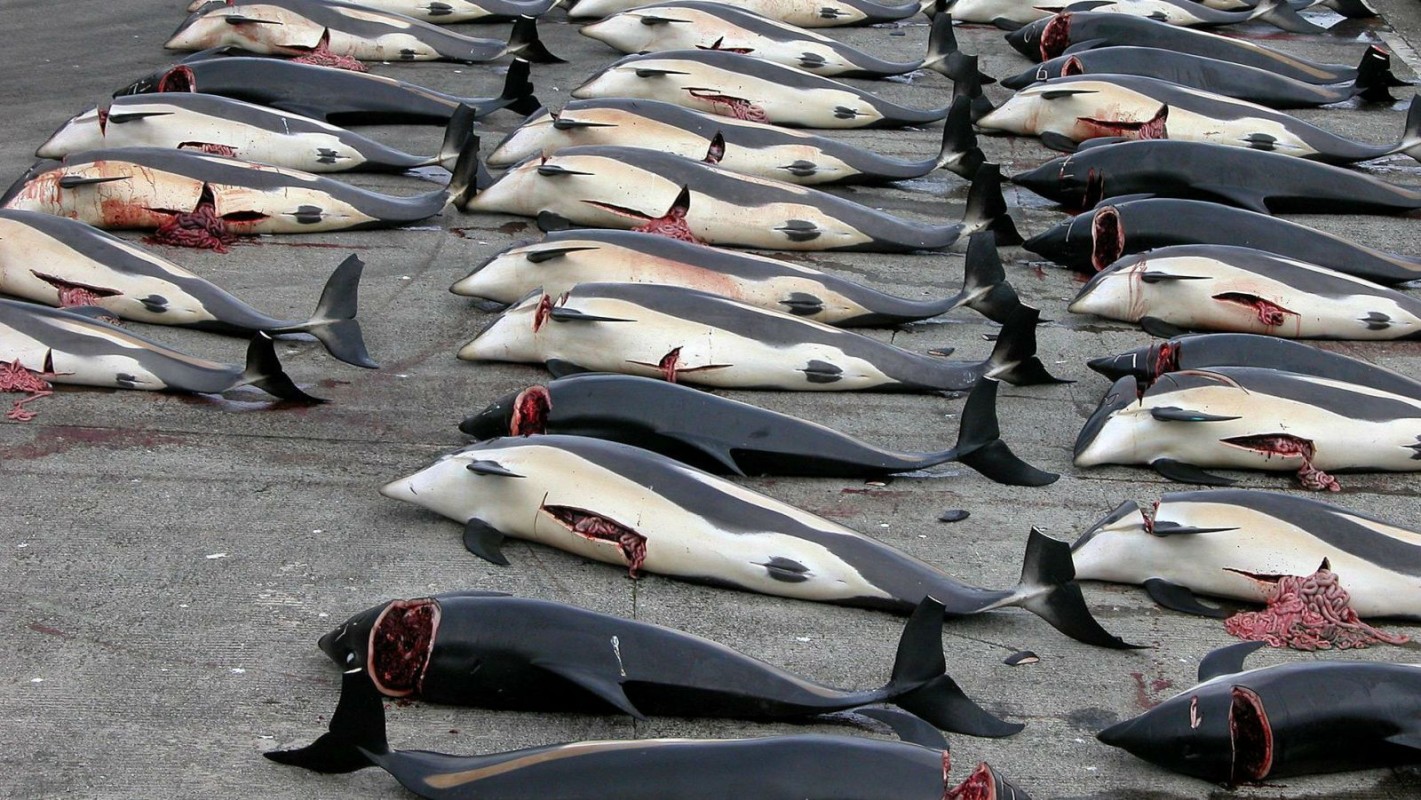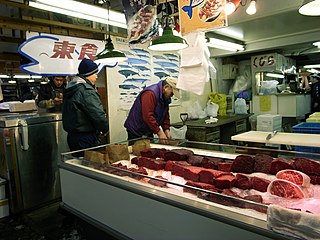 What is the most eccentric dish you have ever tried? In countries across the world, odd dishes such as tuna’s eyeball, fried spiders, or kangaroo are prevalent on the dinner table.
What is the most eccentric dish you have ever tried? In countries across the world, odd dishes such as tuna’s eyeball, fried spiders, or kangaroo are prevalent on the dinner table.
In Japan, whale meat is often found in supermarkets or restaurant menus. Despite new laws prohibiting whale hunting, or whaling, Japan continues to send whale hunters to Antarctica in search of Minke Whales to kill.
In a recent report, it was discovered that 333 Minke Whales were killed under Japanese expeditions with 122 being pregnant whales and another 114 being young whales. These facts have once again sparked distress amongst an international community that has consistently attempted to end whaling for the past few decades.
History of Whaling
 Whale hunting, or whaling, grew popular in Japan after World War 2. Due to the enormous cost of maintaining an army and purchasing weapons, Japan became debt-ridden and poor after the war ended. As such, they turned towards whaling in order to provide cheap protein for the people to consume.
Whale hunting, or whaling, grew popular in Japan after World War 2. Due to the enormous cost of maintaining an army and purchasing weapons, Japan became debt-ridden and poor after the war ended. As such, they turned towards whaling in order to provide cheap protein for the people to consume.
Soon, whale meat was found everywhere: in soups, salads, or sushi. Further, the prevalence of whaling and other similar activities to help sustain the Japanese population grew to become a cultural tradition along the coast of Japan and Taiji where they host annual dolphin hunts. In fact, school children who grew up eating whale meat in their school lunches are a part of the generation that currently controls the Japanese government.
As such, even though fewer people eat whale meat now, Japanese officials fondly view the consumption of whale meat as a childhood memory that they desperately desire to hold onto. Thus, there has been a conflict between Japan and countries who oppose whaling.
Legislation To Protect Whales
In 1985, the International Whaling Commission enacted a law that prohibited commercial whaling, or hunting whales for food in every country.
 However, there was a loophole in this legislation as whales could still be hunted for scientific research. As a result, countries like Japan, Norway, and Iceland continue to hunt whales using this clause as justification. Moreover, though these are the 3 biggest whaling nations, whaling is still done in Greenland, Russia, the USA, St. Vincent, and others.
However, there was a loophole in this legislation as whales could still be hunted for scientific research. As a result, countries like Japan, Norway, and Iceland continue to hunt whales using this clause as justification. Moreover, though these are the 3 biggest whaling nations, whaling is still done in Greenland, Russia, the USA, St. Vincent, and others.
As time passed, Australia attempted to curb whaling in Japan by filing a case against Japanese whaling in an international court. The ruling, or what the outcome of the case was, announced that whaling was unnecessary for scientific research, and thus, Japan was not allowed to hunt.
For a while, Japan ended whaling. In 2016, Japan declared that they would limit the number of harmed whales from 900 to 333 while saying that the Minke Whale population was large enough. This proves problematic as scientists have been unable to find how many Minke whales there actually are, and researchers predict that the Minke Whale population has been declining due to hunting.
With 95% of the Japanese population refusing to eat whale meat, there is a growing amount of unconsumed whale meat. Despite this, whale hunting continues, and Japan's President Shinzo Abe has announced that he “will pursue all possibilities” to continue whaling. Hopefully, the international community and Japan will prioritize the preservation of whales over the preservation of whale killing.
Sources: BBC, Time, Japantimes.co.jp, Wired, Wikipedia







